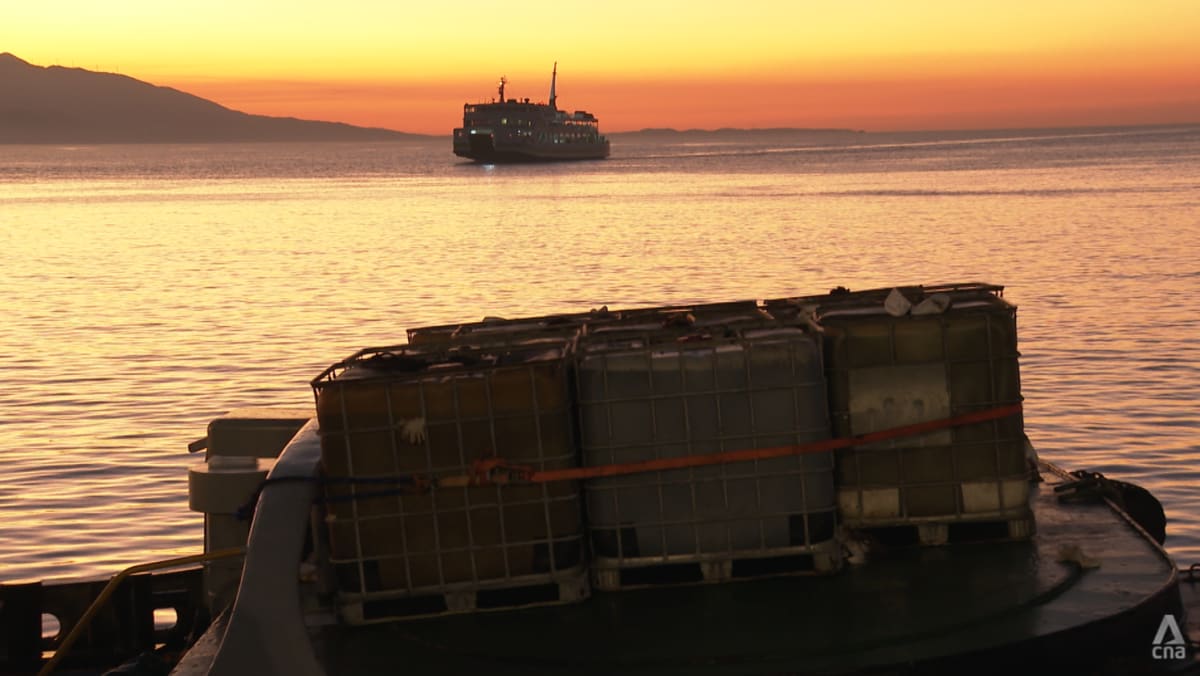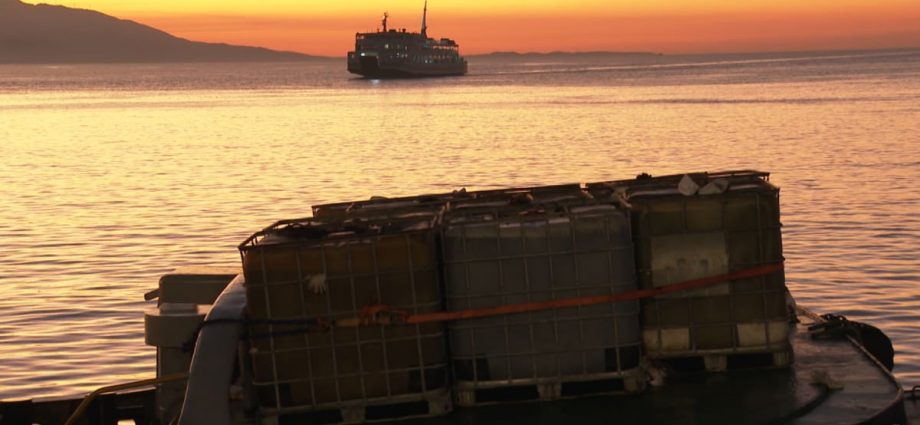
The strait has become the country’s “unfortunate epicentre of gas development”, said award-winning environmentalist Father Edwin Gariguez, convenor of advocacy group Protect VIP.
He added that there are five fossil gas plants operating in Batangas, the jump-off point to Mindoro island.
The Philippines is an archipelago of over 7,000 islands, and relies heavily on maritime transport for mobility and connectivity. Over a hundred domestic seaports play a central role in the daily movement of people and goods.
MARITIME CONTROL GAPS
The tanker Princess Empress is now half empty, but continues to leak industrial fuel into the ocean a month after its accident.
It was found submerged at a depth of 400 metres below sea level three weeks after it sank.
A Senate inquiry revealed that the entire region around Mindoro island is not equipped to deal with the treatment and storage of oil waste collected from clean-up operations. This means the waste would need to be transported off the island.
Malayan Towage & Salvage Corporation, the private contractor tapped for offshore clean-up operations, is the oil spill response provider of the country’s petroleum industry. Mr Roger Padsoyan, the firm’s main coordinator in the ongoing clean-up, told CNA that the collected oil mixture would need to be transported to a treatment facility in Bulacan province, closer to the capital Manila.

